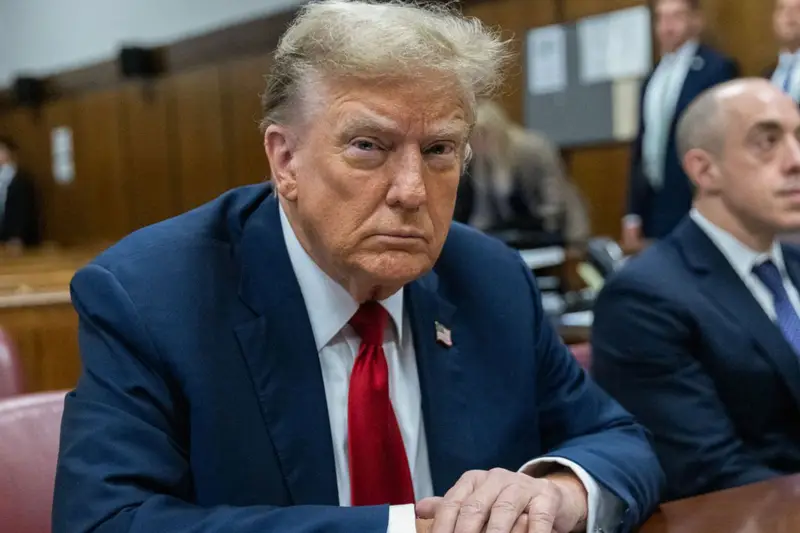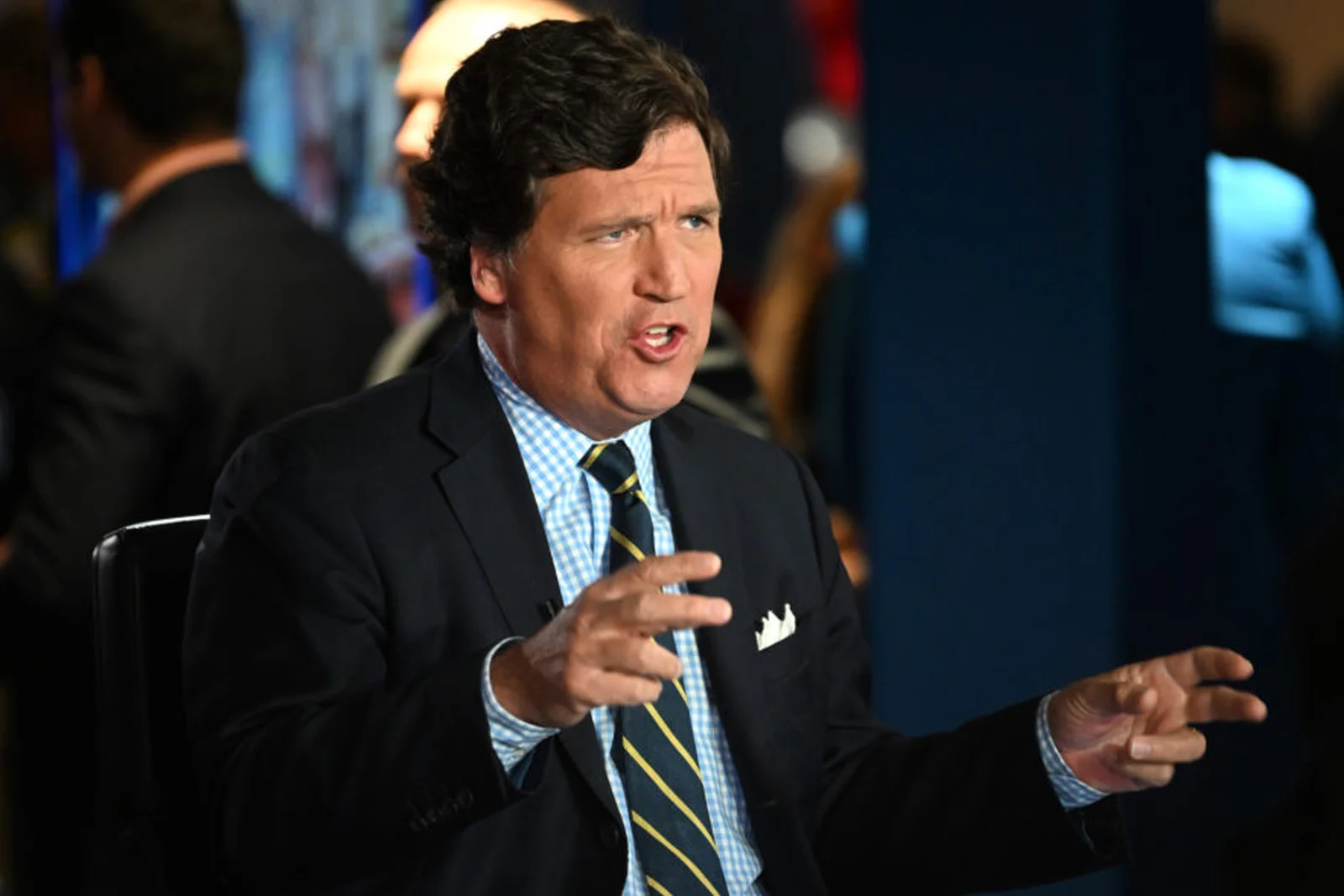On Monday, the U.S. Supreme Court said that President Donald Trump can move forward with his plan to lay off many workers at the Department of Education. This decision is a win for Trump and his administration, and it came from the conservative-leaning court.
The court issued an unsigned order that paused a lower court ruling which had blocked Trump’s plan. This means that while the legal battle continues, the layoffs can happen for now.
Just two hours after the Supreme Court’s order, the Department of Education sent emails to employees saying the layoffs would resume. Some of these employees had already been fired in April, but were brought back when a judge temporarily stopped the plan. Now, they have been told again that they will lose their jobs on August 1.
CNN reviewed some of the emails that were sent on Monday. The notices told employees that the decision was official and attached the court ruling. One email said, “The Department appreciates your service and recognizes the difficulty of the moment. This RIF action is not a reflection upon your performance or conduct and is solely due to agency restructuring, as described in previous correspondence.” RIF stands for “Reduction in Force.”
Not everyone on the court agreed with the decision. Justice Sonia Sotomayor strongly disagreed and wrote a dissent, which was also signed by the two other liberal justices. She said the court’s choice was “indefensible” because it allowed the president to go around Congress, which is usually the only body allowed to make such big changes to a government agency.
Sotomayor wrote, “The majority is either willfully blind to the implications of its ruling or naive, but either way the threat to our Constitution’s separation of powers is grave.”
Earlier this year, Trump had ordered the Department of Education to cut its workforce in half. Lower courts had blocked this, saying that only Congress has the power to eliminate or significantly change the department, since it was created by Congress in the first place.
President Trump celebrated the Supreme Court’s decision on his Truth Social platform. He posted, “The United States Supreme Court has handed a Major Victory to Parents and Students across the Country, by declaring the Trump Administration may proceed on returning the functions of the Department of Education BACK TO THE STATES.” He added, “Now, with this GREAT Supreme Court Decision, our Secretary of Education, Linda McMahon, may begin this very important process.”
Education Secretary Linda McMahon also released a statement after the court’s ruling. She called the decision a “significant win for students and families.” McMahon said, “We will carry out the reduction in force to promote efficiency and accountability and to ensure resources are directed where they matter most — to students, parents, and teachers.” She added that the administration will continue to follow all legal duties while cutting back on federal education bureaucracy.
Earlier, a federal judge named Myong Joun, who was appointed by President Joe Biden, had blocked the layoffs. He said the department cannot be shut down without approval from Congress and warned that Trump’s plan would “likely cripple” the agency. He wrote that the government’s true goal appeared to be dismantling the Department of Education without having the proper legal authority. He ordered that about 1,400 employees who had been fired be rehired.
A federal appeals court in Boston also agreed with Judge Joun’s decision in early June, and refused to lift the block. But Trump appealed to the Supreme Court, which has now allowed the plan to go forward for the time being.
Justice Sotomayor warned that the ruling could cause serious harm. The Department of Education was created during President Jimmy Carter’s administration. It provides federal money to schools, helps students pay for college, and enforces civil rights laws—including making sure students with disabilities get the help they need. While state governments control most of public education, the department handles major responsibilities across the country.
In its appeal, Trump’s team argued that the plan was not about closing the department, but about making internal changes and removing functions they think should be managed by the states. They told the Supreme Court that the department would still do its legally required work, but with fewer employees.
Justice Sotomayor didn’t believe that explanation. She wrote, “The record unambiguously refutes that account.” She said that both Trump and McMahon had made it clear they wanted to get rid of the department completely, and were not waiting for Congress to approve that. “Rather than wait for legislative action to begin shuttering the Department, McMahon slashed the agency’s work force in half, concededly without analyzing the effect of those terminations on the Department’s statutorily mandated functions.”
She ended her dissent with a strong warning. “The court’s decision,” she wrote, “will unleash untold harm, delaying or denying educational opportunities and leaving students to suffer from discrimination, sexual assault, and other civil rights violations without the federal resources Congress intended.” She also said the majority of the court seemed more concerned about saving money by firing employees than protecting students from harm while the case continues.
This Supreme Court ruling doesn’t end the legal fight—it just allows Trump’s plan to continue while the case is still being decided. But it’s already having big effects, as employees are again being told they will lose their jobs, and the future of the Department of Education remains uncertain.






